
Published by For Beginners LLC
155 Main Street, Suite 211
Danbury, CT 06810 USA
www.forbeginnersbooks.com
Text: 2014 Michael J. LaMonica
Illustrations: 2014 T. Motley
All rights reserved. No part of this publication may be reproduced, stored in a retrieval system, or transmitted in any form or by any means, electronic, mechanical, photocopying, recording, or otherwise, without prior permission of the publisher.
This book is sold subject to the condition that it shall not, by way of trade or otherwise, be lent, re-sold, hired out, or otherwise circulated without the publisher's prior consent in any form of binding or cover other than that in which it is published and without a similar condition being imposed on the subsequent purchaser.
Design and composition by Tim E. Ogline / Ogline Design.
A For Beginners Documentary Comic Book
Cataloging-in-Publication information is available from the Library of Congress.
ISBN # 978-1-934389-91-1 Trade
Manufactured in the United States of America
For Beginners and Beginners Documentary Comic Books are published by For Beginners LLC.
First Edition
10 9 8 7 6 5 4 3 2 1
www.redwheelweiser.com
www.redwheelweiser.com/newsletter
CONTENTS


INTRODUCTION
YOU SAY YOU WANT A REVOLUTION?
 llons enfants de la Patrie, lejour de gloire est arriv! Arise children of the Fatherland, the day of glory has arrived! These opening lines to La Marseillaise, France's famously stirring and evocative national anthem, capture perfectly the passion, fear, and frenetic energy of Republicanism's sanguinary birth on French soil. Through the violence of the Revolution, the reign of the Bourbon kings ended and modern France was born. Over the course of the 19th and 20th centuries, the Enlightenment ideals of libert, egalit, and frater-nit would spread throughout Europe and beyond as ancient monarchies fell, replaced by representative democracies. Of course, the closing lines of the first stanza are: Qu'un sang impur abreuve nos sillons! Or roughly translated, Let an impure blood water our furrows! Well, just because the ideals were enlightened didn't mean the methods were equally so!
llons enfants de la Patrie, lejour de gloire est arriv! Arise children of the Fatherland, the day of glory has arrived! These opening lines to La Marseillaise, France's famously stirring and evocative national anthem, capture perfectly the passion, fear, and frenetic energy of Republicanism's sanguinary birth on French soil. Through the violence of the Revolution, the reign of the Bourbon kings ended and modern France was born. Over the course of the 19th and 20th centuries, the Enlightenment ideals of libert, egalit, and frater-nit would spread throughout Europe and beyond as ancient monarchies fell, replaced by representative democracies. Of course, the closing lines of the first stanza are: Qu'un sang impur abreuve nos sillons! Or roughly translated, Let an impure blood water our furrows! Well, just because the ideals were enlightened didn't mean the methods were equally so!
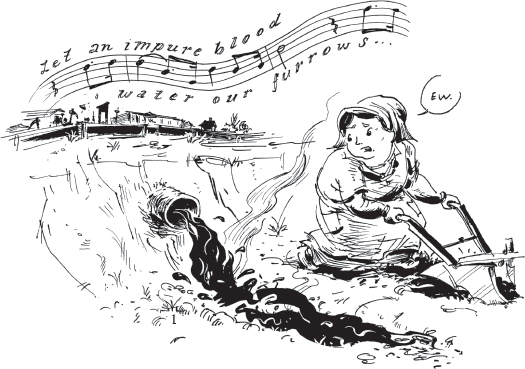
You may be wondering why the title of this book has French Revolutions in the plural rather than the singular, and that's a great question. Although the Revolution is often thought of a singular event, France experienced several bloody revolutions and counter-revolutions throughout the course of the 19th century. A constant tug-of-war took place between people wanting either to preserve (or expand on) on the rights and freedoms first articulated in 1789, and those wishing to return to the order and stability of the traditional ancien rgime. In this book we will examine the constant upheavals and disruptions in France's ever-changing political landscape from 17891871.
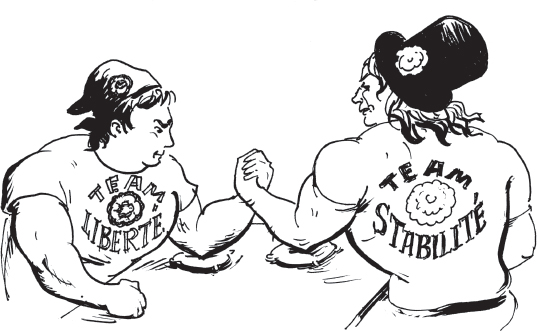
While most people have some familiarity with names like Louis XVI, Robespierre, and Napoleon, the details of what exactly happened during the French Revolution apart from pithy royal pronouncements about cake eating and the ever-falling blade of the guillotine are often difficult to understand, and for good reason. During the specifically republican phase of the Revolution (approximately 17891799), there were no fewer than seven different changes of government. After his coup d'tat on 18 Brumaire (that's November 9, 1799 in non-revolutionary parlance) Napoleon overthrew the Directory and in rapid succession went from First Consul, to Life Consul, to Emperor, to exile, to Emperor again, to exile again, all within the span of 15 years. The next 55 years would see the restoration of the old monarchy under Kings Louis XVIII and Charles X; their overthrow in the Revolution of 1830 and attempt at a liberal constitutional monarchy under Louis-Philippe; his toppling in the Revolution of 1848 and the creation of the Second French Republic; a swift coup by President Louis-Napoleon and the establishment of the Second French Empire; and finally his abdication and the creation of the Third French Republic after putting down the radical proto-Communist Paris Commune (see a pattern here?).

Even more important than the people and forms of government involved were the radical ideas unleashed by the Revolutions. Just think the divinely appointed monarchy, feudal nobility, and Catholic clergy, which had dominated French public life for the previous thousand years, lost all their authority (or worse) in only three. Enlightenment concepts of popular sovereignty, equality before the law, public property, and inalienable civil rights replaced those of royal, aristocratic, and clerical privilege in Europe's richest and most populous country, permanently upsetting the old order. Few events have had such a profound and lasting impact on Western, and indeed world, civilization, as the French Revolutions. So spread some caviar on a baguette, uncork that bottle of Dom Prignon, and watch your neck as we explore the French Revolutions!
II
THE ANCIEN RGIME: WHEN IT WAS GOOD TO BE THE KING
 n order to understand the Revolutions we first need to understand the society that gave birth to them. The period prior to 1789, aptly named by revolutionaries as the ancien rgime or old regime, was more than just a political system it was a way of life that touched on every aspect of existence.
n order to understand the Revolutions we first need to understand the society that gave birth to them. The period prior to 1789, aptly named by revolutionaries as the ancien rgime or old regime, was more than just a political system it was a way of life that touched on every aspect of existence.
There are two important things to keep in mind while we talk about the structure of the old regime. First, other than political philosophers (who were generally viewed as being either nave idealists, know-it-all busy bodies, or idle navel-gazers, as philosophers of all generations are), few people at the time could imagine a society structured in a way other than the one they were living in. There were simply no examples of functional representative democracies to draw on apart from classical Athens or republican Rome; and even then, only people with a formal education were even aware of those (which excluded over 90% of the population). Second, most people believed that their social and political systems were not a societal choice, but rather a reflection of divine preferences set down by God. Under this system, everyone had a role to play, and that role was determined by birth. Just as God ruled from His throne in Heaven surrounded by a hierarchy of angels and saints, so too did He ordain the ordering of human affairs on Earth. There was no expectation that the social structure be fair or make sense or serve the public good as we understand those terms today. Society was structured the way it was because God wanted it that way.
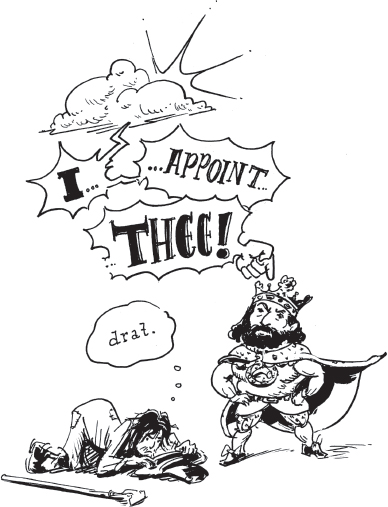
Next page
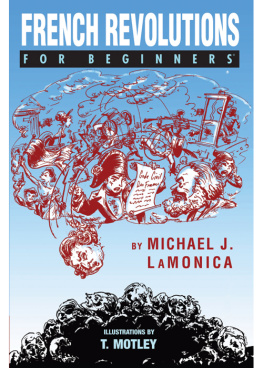


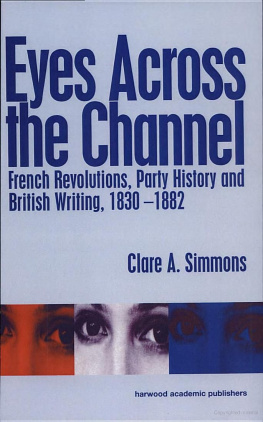

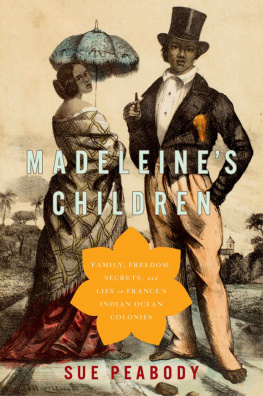
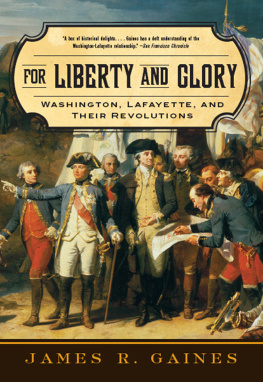
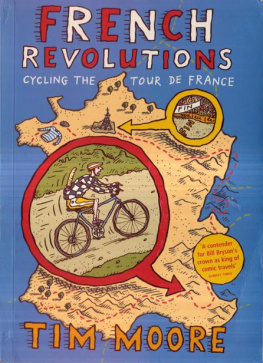



 llons enfants de la Patrie, lejour de gloire est arriv! Arise children of the Fatherland, the day of glory has arrived! These opening lines to La Marseillaise, France's famously stirring and evocative national anthem, capture perfectly the passion, fear, and frenetic energy of Republicanism's sanguinary birth on French soil. Through the violence of the Revolution, the reign of the Bourbon kings ended and modern France was born. Over the course of the 19th and 20th centuries, the Enlightenment ideals of libert, egalit, and frater-nit would spread throughout Europe and beyond as ancient monarchies fell, replaced by representative democracies. Of course, the closing lines of the first stanza are: Qu'un sang impur abreuve nos sillons! Or roughly translated, Let an impure blood water our furrows! Well, just because the ideals were enlightened didn't mean the methods were equally so!
llons enfants de la Patrie, lejour de gloire est arriv! Arise children of the Fatherland, the day of glory has arrived! These opening lines to La Marseillaise, France's famously stirring and evocative national anthem, capture perfectly the passion, fear, and frenetic energy of Republicanism's sanguinary birth on French soil. Through the violence of the Revolution, the reign of the Bourbon kings ended and modern France was born. Over the course of the 19th and 20th centuries, the Enlightenment ideals of libert, egalit, and frater-nit would spread throughout Europe and beyond as ancient monarchies fell, replaced by representative democracies. Of course, the closing lines of the first stanza are: Qu'un sang impur abreuve nos sillons! Or roughly translated, Let an impure blood water our furrows! Well, just because the ideals were enlightened didn't mean the methods were equally so!


 n order to understand the Revolutions we first need to understand the society that gave birth to them. The period prior to 1789, aptly named by revolutionaries as the ancien rgime or old regime, was more than just a political system it was a way of life that touched on every aspect of existence.
n order to understand the Revolutions we first need to understand the society that gave birth to them. The period prior to 1789, aptly named by revolutionaries as the ancien rgime or old regime, was more than just a political system it was a way of life that touched on every aspect of existence.